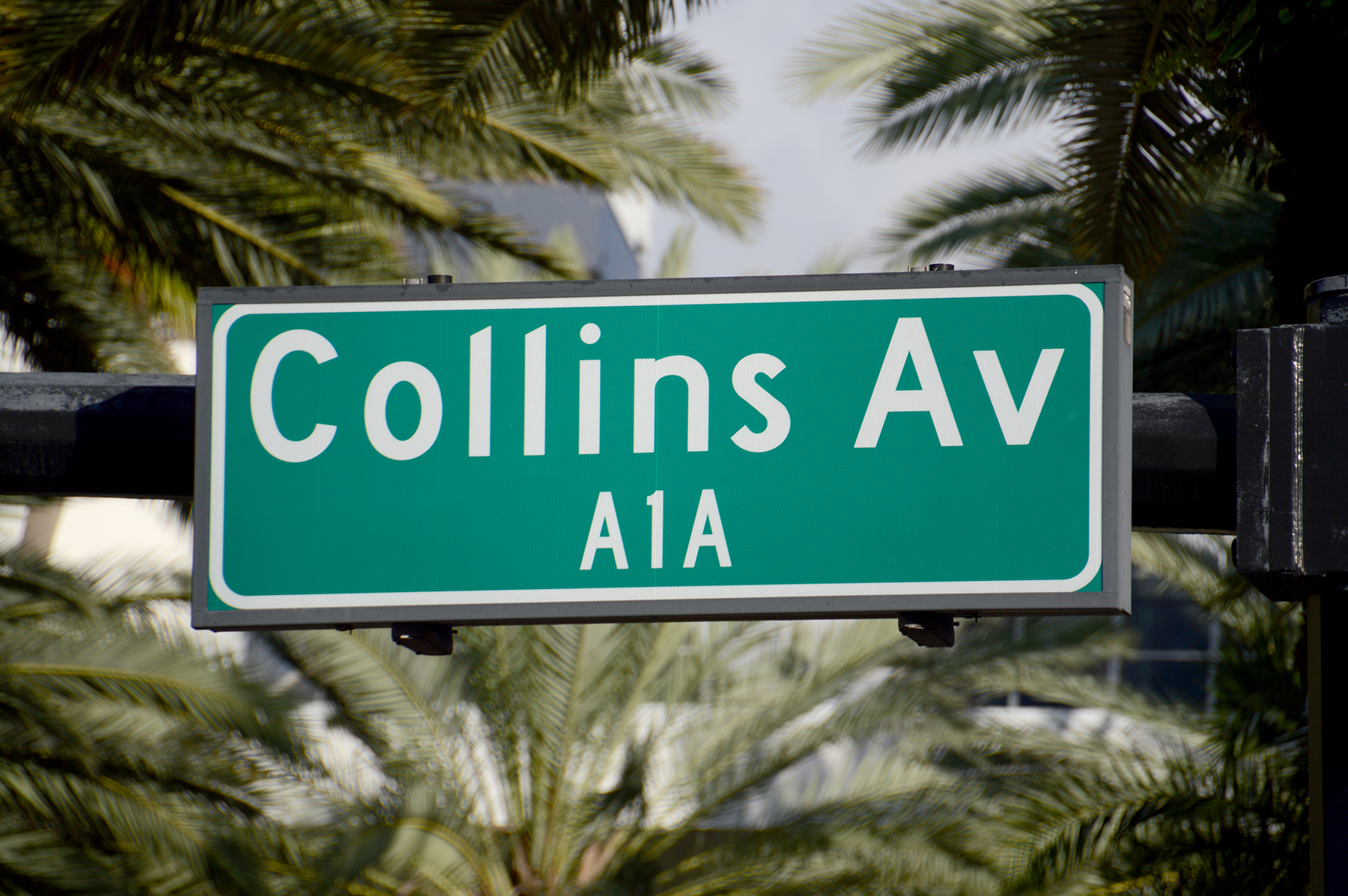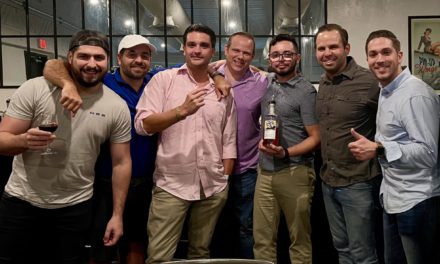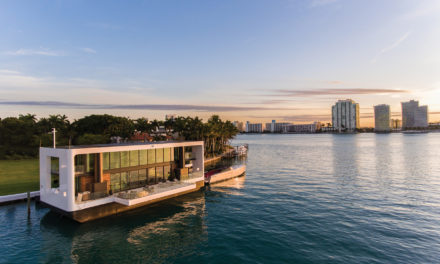Miami Beach. From North Beach all the way down to South Beach. One long line of searing sun, silky sand, and soothing sea, (well, at least when the weather’s good!) And there’s nightlife, and eateries and activities to meet almost everyone’s wants. And straight through the heart of this erstwhile swampy barrier island, like the main artery it is, lies Collins Avenue, also known as State Road A1A, all 13 miles of it. So, just who was this Collins and why was he honored with this major thoroughfare bearing his name?
John Stiles Collins was a Quaker farmer from New Jersey, of all places. Born in 1837, he was the 6th generation of the Collins family to farm his ancestral land in Moorestown, NJ. But he had far bigger aspirations and in the late 1800’s he purchased land in South Florida, eventually coming to own five miles of what’s now Miami Beach. He envisioned establishing an operation cultivating vegetables and exotic crops that were not then widely available in the market, like coconuts, mangoes, avocados, in what was then mere swamp land on the island.
Being a practical sort, he soon realized he needed a way to transport his product to the mainland, and so with the financial assistance of his children who were then running the farm back in Jersey, they formed the Miami Beach Improvement Company in 1911, allowing him, in 1912, to build about 2.5 miles of a wooden bridge with the idea of connecting Miami Beach to the mainland. Money ran short, however, before the last half mile of the 3-mile bridge was completed. It was then that Carl G. Fisher, an Indiana auto parts tycoon who had just established the Indianapolis Motor Speedway and with it the Indy 500, offered $50,000 to Collins in exchange for 200 acres of Miami Beach which allowed the bridge to be completed.
Fisher described Collins, then in his 70’s, as “a bantam rooster, cocky and unafraid.” It was the longest wooden bridge in the world at the time. By 1915, Miami Beach incorporated as a city. And though by 1922 Miami Beach had some of the largest mango and avocado groves in the world ultimately the tourist trade became the most valuable “crop” to raise. Together Fisher, John Collins and the Collins family continued to develop Miami Beach, whose population grew by 400 percent between 1920 and 1925, and was exceedingly lucrative for all involved throughout the 1920’s and beyond.
John Collins died in 1928 at age 90, but he’s remembered today through his namesake road as a visionary developer of Miami Beach and its environs.









